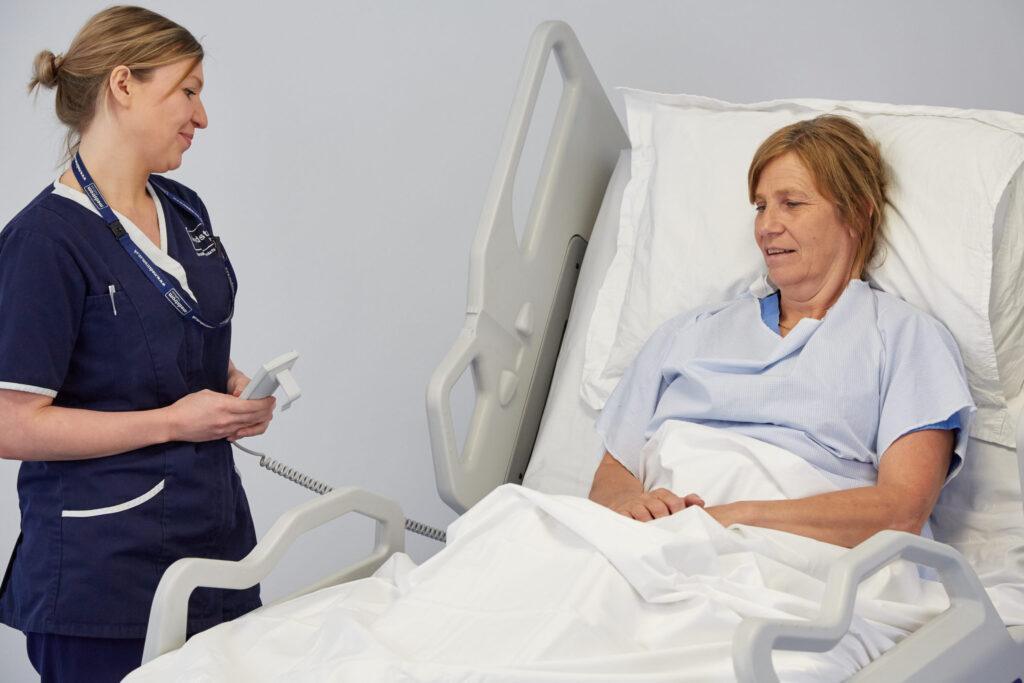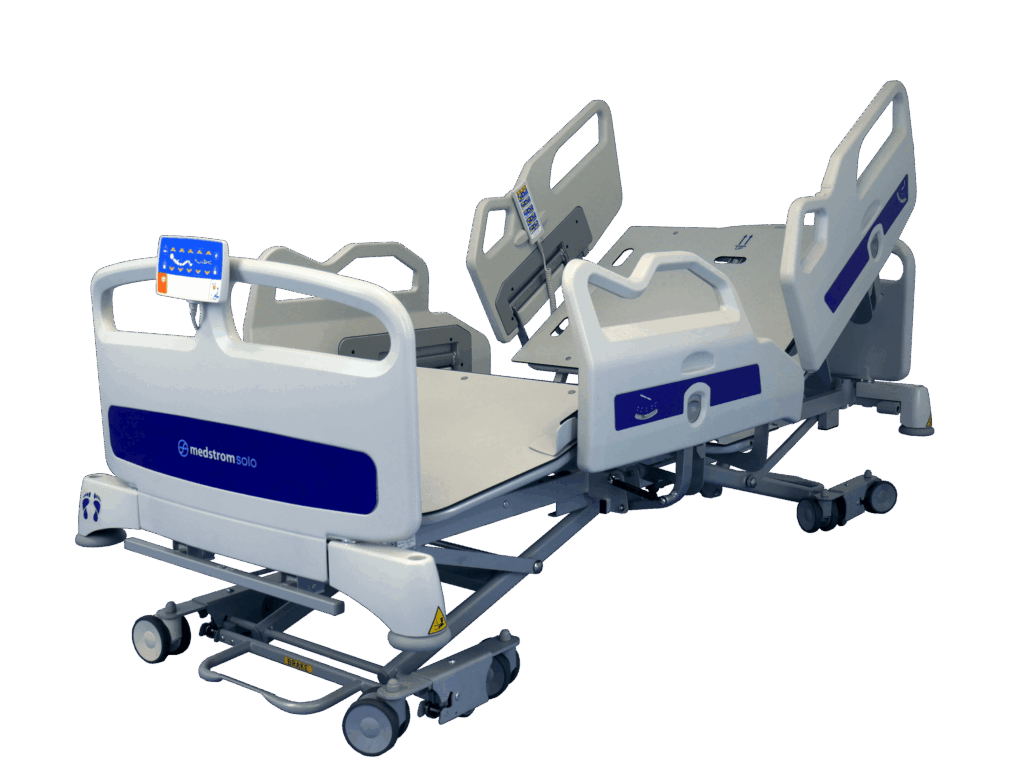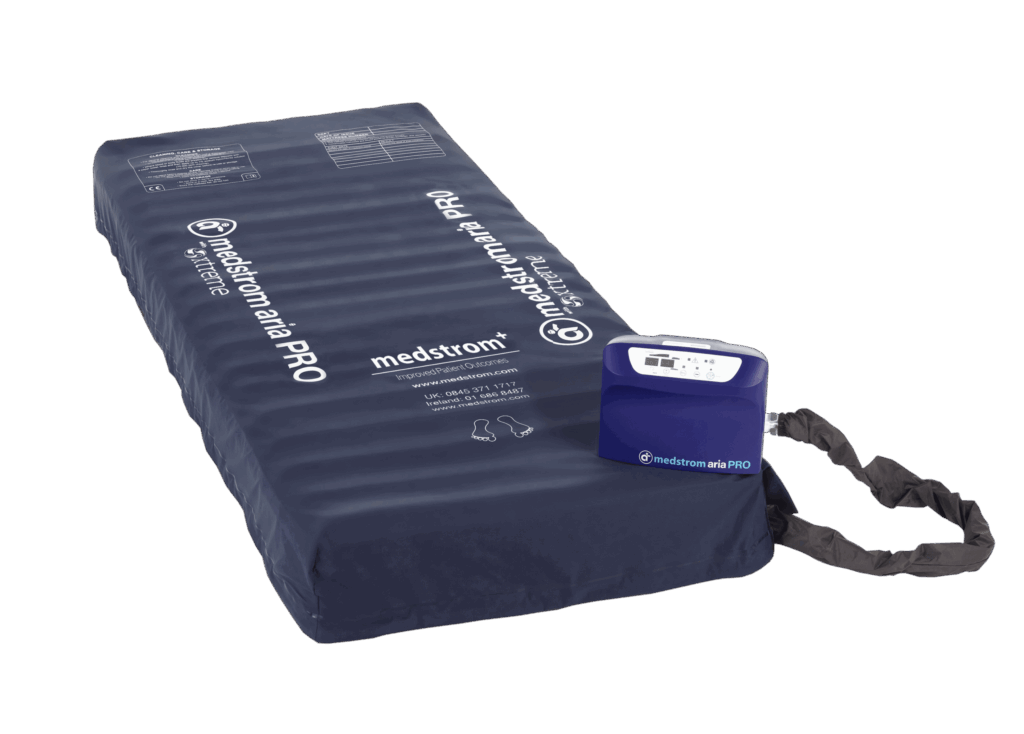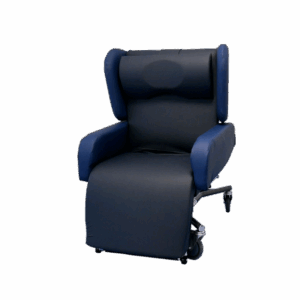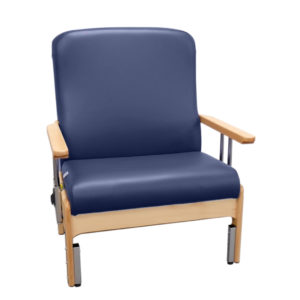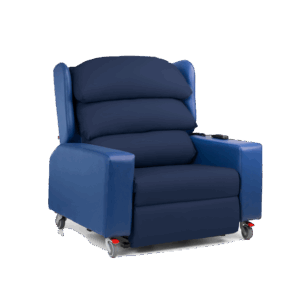
Part 2: Bariatric Seating Series
Part 2: Assessment
In Part 1, we looked at some of the key challenges that healthcare professionals face when selecting bariatric chairs. In Part 2, we will look at five key considerations when assessing a plus-size patient for the most suitable bariatric chair.
1. Meeting the Patient’s Needs
This is the key objective of an assessment and sounds very obvious, but in practice can be difficult to achieve. Plus-size patients can have complex needs, and many factors must be considered, such as:
- What does the patient want? This is fundamental to the ultimate selection of any equipment, to provide enablement, choice, and dignity.
- What are the goals for the patient? There are numerous possibilities but some examples include mobilisation, falls prevention, skin protection/healing, comfort, respiratory management, oedema and lymphatic management, rest and sleep, independence and activities of daily living. All goals will have an influence on the choice of bariatric chair.
- The patient’s height, shape, size, and weight. The most frequent mistake in an assessment is incorrect measurement of the patient, which can cause discomfort and pressure damage, and increase the risk of falls.
- Frequently changing physical and psychological needs. At different times of the day the same patient may require leg elevation, legs down or backrest reclining depending on their activity and clinical requirements.
- Medium- and longer-term changing needs – for example if mobility improves or deteriorates will the same chair still be appropriate?
- Environmental limitations – for example room size and shape, placement of other furniture. Is there enough room for a riser/recliner or tilt-in-space chair to safely move into all its required positions? Is there enough space to get from the bariatric chair to the bed or bathroom? Can other equipment be used safely? Are caregivers able to work safely around the chair?
2. Seat width, depth and height
This relates back to measuring the patient correctly, which will determine the chair dimensions. The chair should be wide enough to accommodate the patient without exerting pressure on the thighs and hips, but not so wide that it doesn’t support the patient. It must be of sufficient depth that the patient can sit fully back with the back of their knees touching the seat, or there is a risk of them being pushed – and potentially falling forwards. The seat height should be at the patient’s popliteal height, with their feet flat on the floor to enable safe mobilisation and reduce the risk of falls.1

3. Configurability
A bariatric chair which can be reconfigured easily can often meet frequently changing needs as described above. For example, a riser-recliner chair can provide calf elevation for oedema management, upright positioning for eating and drinking, assisted standing and a reclined backrest with elevated calf section for resting. Where chair leg height can be adjusted, the correct (popliteal) seat height for the patient can be provided. A tilt-in-space chair can alter the angle the patient is sitting in whilst still keeping them in a full seating position, offering extra comfort, upright positioning benefits and pressure redistribution.
4. Arm rests
The width, firmness and height of arm rests can all have a bearing on safe mobilisation and transfers. A static chair with drop-down arms can aid with lateral transfers, and strong wooden arms can be gripped and pushed down on for easier mobilisation. Arm rests which are too high or far apart can make mobilisation impossible, or more difficult and less safe. The ability to splay arm rests out (for example in a tilt-in-space chair) can provide more comfort and extra space.

5. Safe working load
To ensure the patient will be safe on the bariatric chair, the safe working load must not be exceeded, meaning the weight of the patient needs to be measured. Although this sounds obvious, it’s not always done, often due to practical difficulties or lack of suitable weighing equipment. Other considerations may be the weight that individual sections of the chair can take safely; a riser-recliner may have a weight limit on the elevated calf section for example, which could be exceeded by the weight of the patient’s legs and the front of their abdomen.
In summary, a seating assessment for a plus-size patient has many different considerations and must take into account multiple, often frequently changing factors. Assessment is also ongoing; the patient’s needs may change so much that the bariatric chair that they have been using is no longer suitable. Providing the right equipment at the right time ultimately provides improved clinical outcomes with the associated physical and psychological benefits.
View Our Bariatric Chairs & Accessories</p
